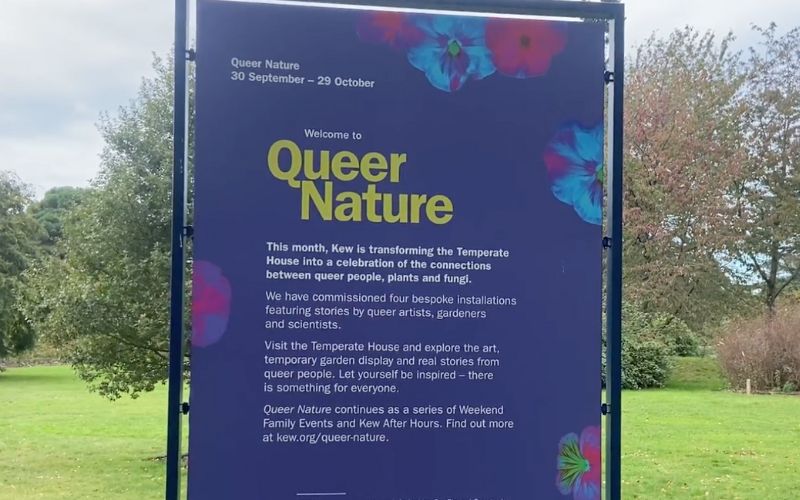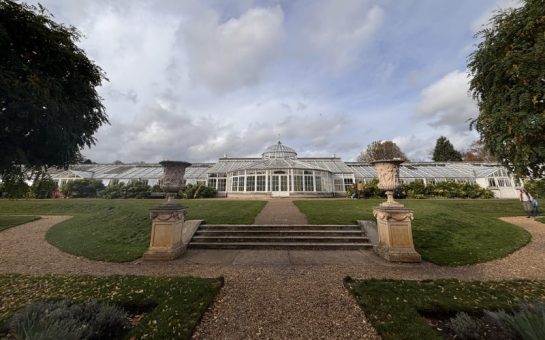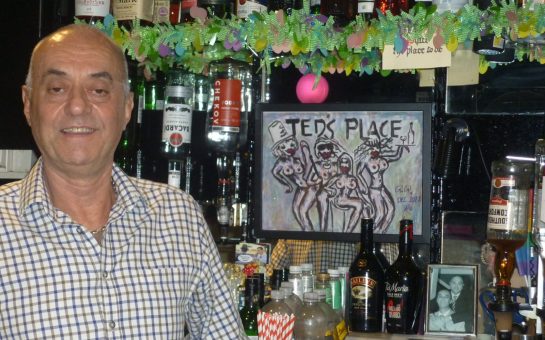In October, the Queer Nature exhibit at Kew Gardens celebrated both the diversity of plants and of Kew Gardens’ visitors.
The title of the exhibit naturally raised the questions: what makes nature queer? And, what does that really mean?
The Kew Gardens Queer Nature exhibit took on these questions, filling its Temperate House with a garden full of plants and fungi known for reproducing by non-binary means.
At the exhibit, visitors could learn about orchids which change their sex depending on the weather, fungi which have 36,000 different mating types, and so much more.
These plants grew alongside art from queer artists and activists Patrick Featherstone, Jeffrey Gibson, Adam Nathaniel Furman, Sixto-Juan Zavala, and The Pansy Project, as well as encouraging statements from LGBTQ+ visitors to Queer Nature.
Kew Gardens’ interim head of visitor programs and exhibitions, Julie Flavell, spoke to the South West Londoner to discuss the exhibit and to elaborate on how it affected visitor numbers at Kew Gardens.
Watch her interview below:





